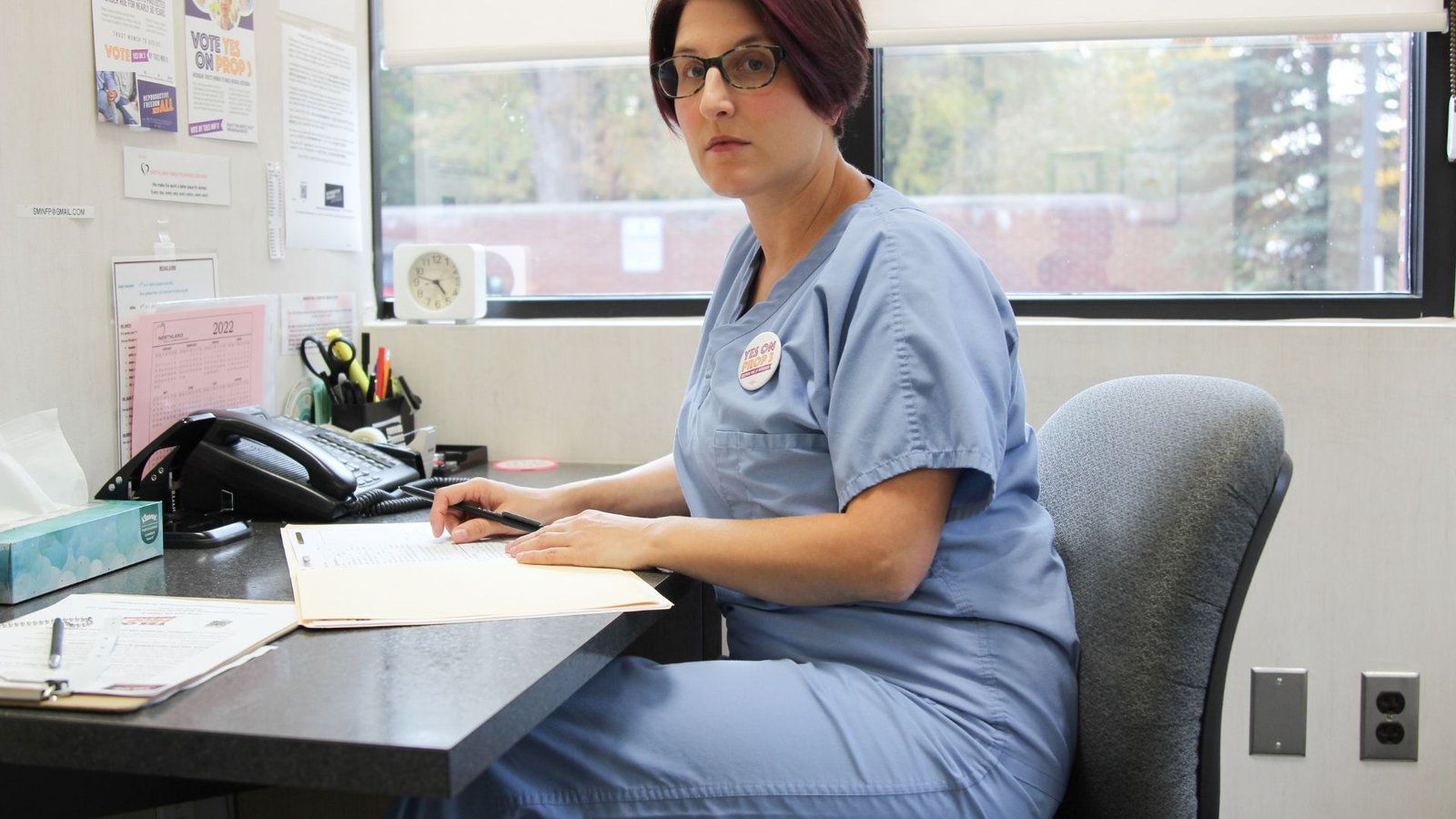
|
Getting your Trinity Audio player ready...
|
Abortion Clinics as Pillars of Reproductive Autonomy
Reproductive justice, a framework that encompasses the right to have children, not have children, and parent the children one has, emphasizes women’s agency and self-determination. Abortion clinics stand as cornerstones of reproductive justice, empowering women to make informed choices about their bodies and futures.
Providing Essential Medical Care
Reproductive clinics offer a range of medical services, including contraception counselling, pregnancy testing, and abortion care. These services are crucial for women’s overall health and well-being. Enabling them to prevent unintended pregnancies, manage their reproductive health, and make informed decisions about their reproductive futures.
Debunking Myths and Misconceptions
Reproductive clinics find themselves frequently enshrouded in a web of misconceptions. This misrepresentation, fueled by misinformation and fear-mongering, weaves an inaccurate tapestry of both the services these clinics provide and the diverse women who seek them.
The prevalent misconceptions surrounding abortion clinics often stem from a lack of comprehensive understanding and are exacerbated by societal taboos. In reality, these clinics serve as vital healthcare providers. Offering a spectrum of reproductive health services beyond abortion. These include counseling, contraception, and general gynecological care.
Countering Restrictions and Ensuring Access
Despite the vital role they play in reproductive healthcare, abortion clinics face numerous challenges, including legal restrictions, funding limitations, and societal stigma. These obstacles can hinder access to essential services, disproportionately impacting marginalized communities.
The Human Impact of Abortion Clinics
Beyond the medical services they provide, abortion clinics serve as havens of compassion. They also help to support women facing difficult and personal decisions. The staff at these facilities understands the complexities of reproductive choices and provides empathetic care and guidance.
Advancing Reproductive Justice through Abortion Clinics
The ongoing struggle for reproductive justice is inextricably linked to the work of abortion clinics. These facilities testify to women’s resilience and determination to assert their bodily autonomy and access essential healthcare.
Examples of Abortion Clinic Initiatives
Reproductive clinics engage in a variety of initiatives to promote reproductive justice. These initiatives include:
-
Providing comprehensive sexual and reproductive health education
-
Offering counselling and support services to women seeking abortion care
-
Advocating for policies that expand access to safe and legal abortion services
-
Combating stigma and misinformation surrounding abortion
-
Partnering with other organizations to promote reproductive justice

